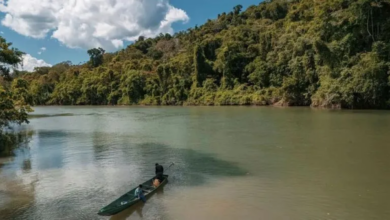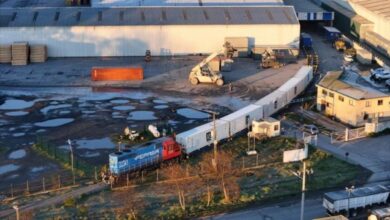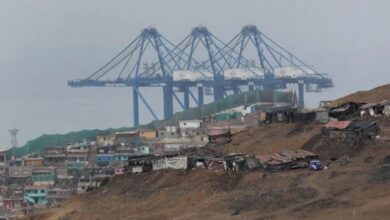Ecuador’s Cloud Kingdom, Where Ancient Conifers Guard Rivers Against Greed
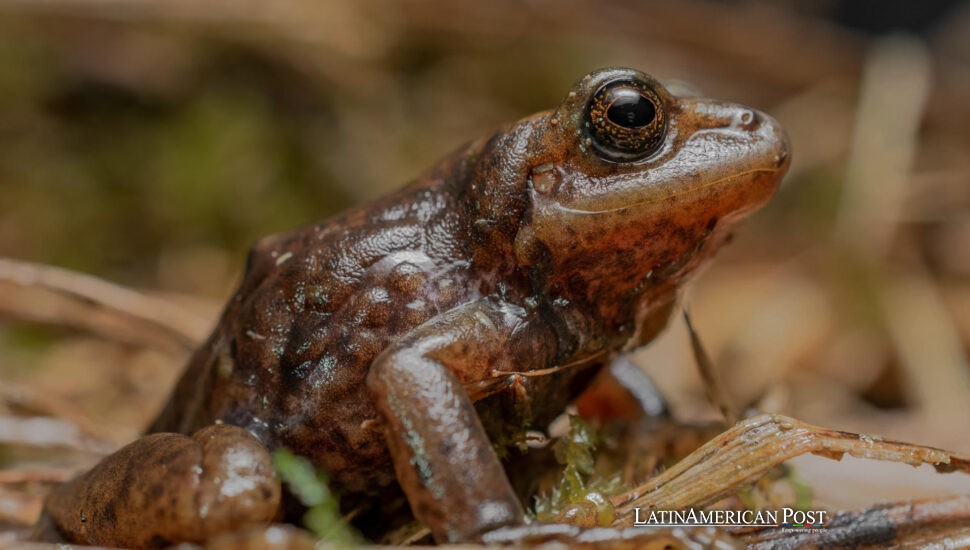
Mist drapes the ridgelines of southern Ecuador, then slides into ravines where orchids bead with rain. Between two Andean spines, Podocarpus National Park straddles Loja’s highlands and the Amazonian foothills of Zamora Chinchipe—a living water tower whose rare life and ancient conifers persist amid rivers, waterfalls, and rising threats.
Where two Andes meet
Set like a green saddle between the eastern ranges of the Andes, Podocarpus is defined by altitude and moisture. Its slopes climb from 900 meters to 3,600 meters above sea level, compressing climates into stacked micro-worlds: evergreen piedmont forest below, cloud forest and elfin woodland in the middle, shrub páramo brushing the skyline.
“That overlap generates a unique space with significant endemic biodiversity,” said Zamora Chinchipe prefect Karla Reátegui in remarks to EFE, stressing that the park is also a cross-provincial reservoir. Its very name honors the romerillo, a native high-Andean conifer that has endured centuries of cold winds and human pressure—tree as symbol, compass, and shelter for a thousand smaller lives.
Protected since 1982, the park stretches across 146,280 hectares, large enough to hold the fingerprints of vanished glaciers and thick sufficient to wring rainstorms into streams. Summers here are measured not by color but by temperature—between 6°C and 22°C—that keeps moss forever damp and photosynthesis always humming. Just beyond the ridges lies Peru, and with it a climatic hinge where Pacific and Amazonian air collide. Life spills through that hinge like water from a cracked dam.
A library of life in the mist
Podocarpus is famous not for spectacle but for abundance in detail. According to Environment Ministry data cited by EFE, between 3,000 and 4,000 vascular plant species grow here, including romerillo and cascarilla, laurel and cedar, and pumamaqui, whose pale leaves flash like mirrors when the wind rattles the canopy. Sixty-three orchid species have been recorded; at least 25 are already threatened.
The treetops carry another census: around 630 bird species. The golden quetzal flashes like rumor, tanagers move like paint across the canopy, hawks carve diagonals from páramo to forest edge. Below, spectacled bears leave shaggy prints along riverbanks, while tigrillos—spotted cats with outsized shadows—thread the undergrowth. Insects write fine print into every margin, signatures on the contract that holds the park together.
Here, rarity is the rule. Endemism blooms because isolation shapes life: a ridge that serves as a bridge for birds becomes an impassable wall for frogs; a river that unites valleys can also cut them apart. That geography explains the park’s magnetic pull on scientists—and its fragility. “The park is fundamental for conservation,” Reátegui told EFE, “but it also becomes a driver of tourism for the province,” making preservation legible in the language of livelihoods.
Rivers born of stone
Podocarpus may be a biodiversity jewel, but it is equally a plumbing masterpiece. From its wind-scoured páramos, tarns of glacial origin feed four major watersheds: the Catamayo-Chira, Chinchipe, Zamora, and Nangaritza. Downstream, these rivers provide drinking water, irrigation, fish, and hydroelectric power through turbines. Upstream, they are names whispered like prayers.
The Bombuscaro, which rises inside the park and threads through the city of Zamora, is celebrated locally as one of the province’s cleanest rivers. “For us Zamorans, it’s part of our environmental commitment,” Reátegui said to EFE, calling Podocarpus an “orgullo de biodiversidad”—a point of pride whose health mirrors the region’s future.
Visitors can enter this hydrological cathedral from two gateways. From Cajanuma above Loja, where trails nose through cloud forests under a cold wind, or from Bombuscaro near Zamora, where humidity itself seems to have weight. Annual visitation—around 7,000 to 8,000 people, according to officials—remains modest by international standards, which is part of its spell. You can still hear wings here. You can still pause on a footbridge while the river drowns out every phone.
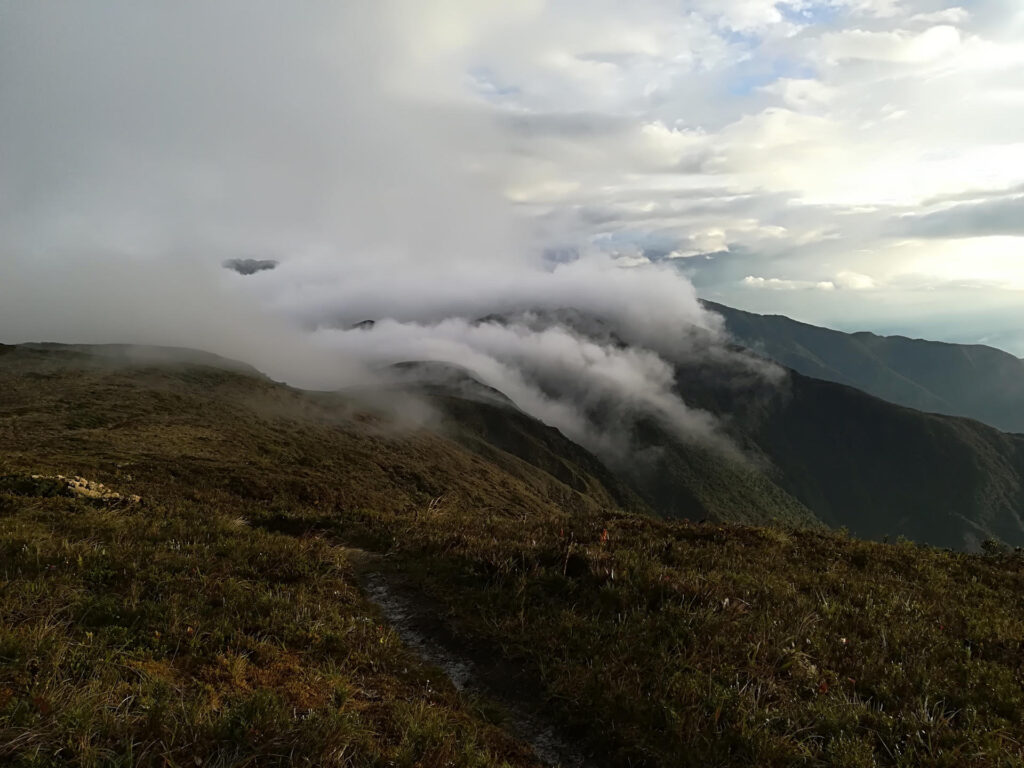
A park under pressure
If Podocarpus still hums with life, its borders fray with danger. The park begins just ten minutes from the expanding edge of Loja, where unchecked urban growth is slowly encroaching on the boundary. “Urban growth ends up being a threat,” Reátegui warned in her interview with EFE—roads, construction, waste—a thousand small cuts that bleed a perimeter.
Beneath the canopy, another threat digs deeper: illegal mining. Across Ecuador’s Amazonian reserves, clandestine operations have left scars visible from space. A 2023 report by the Andean Amazon Monitoring Project, summarized by EFE, documented 562 hectares of deforestation linked to illicit mining in four protected zones. Podocarpus was the most severely affected: over 50 hectares were razed within its legal boundaries, and more than 500 hectares were destroyed in the buffer zone.
From a satellite, the damage appears as geometry—bright scars etched against a green backdrop. On the ground, it feels like subtraction: rivers turned to rumor, trees reduced to absence. Yet its legal status as a national park still matters. “At the same time, being within a protected area gives us confidence it can be conserved over time,” Reátegui told EFE, putting hope in patrols, prosecutions, and budgets that match the weight of the law.
The future will hinge on choices made at the edge. Stronger controls in buffer zones. Livelihoods that make standing forests worth more than mined earth. Tourism that remains small, local, and reverent. Above all, the daily decision made a thousand times—to keep water clean, orchids improbable, and conifers upright against the wind.
Also Read: Ecuadorian Dreams of Disney, Lands in America’s Asylum Waiting Room
Podocarpus speaks without translation: moss on stone, bear prints at a bend in the river, a quetzal’s green flash like an idea almost remembered. Its fate depends on whether enough people learn to hear that voice—and whether the kingdom of clouds remains a refuge from greed.

